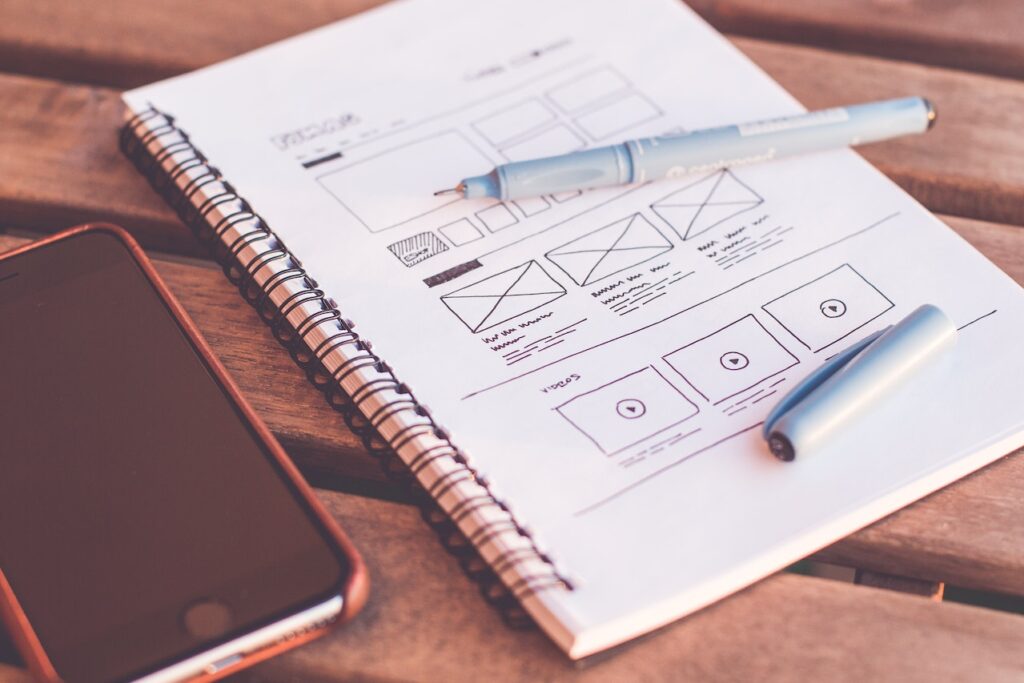In the world of digital marketing, landing pages play a crucial role in converting visitors into leads or customers. An effective landing page acts as a powerful tool to capture the attention of your target audience, convey your message, and encourage them to take the desired action. To create a landing page that drives results, it’s important to understand the key design elements that contribute to its success. In this article, we’ll explore the anatomy of an effective landing page and the design elements that can help you achieve your goals.

Attention-Grabbing Headline
The headline is the first thing visitors see when they land on your page. It should be concise, compelling, and communicate the value proposition of your offer. A strong headline captures attention and entices visitors to read further.
Engaging Visuals
Visual elements such as images, videos, or graphics are powerful tools to engage visitors and convey your message effectively. Use high-quality visuals that align with your brand and support your value proposition. Visuals should be relevant, eye-catching, and optimized for fast loading.
Clear and Concise Copy
Your copy should be clear, concise, and easy to understand. It should communicate the key benefits of your offer and highlight why visitors should take action. Use bullet points, subheadings, and short paragraphs to make the content scannable and digestible.
Compelling Call-to-Action (CTA)
A well-designed and prominently placed call-to-action (CTA) is critical for driving conversions. Make your CTA stand out visually using contrasting colors and clear typography. Use action-oriented and persuasive language that tells visitors exactly what to do, such as “Get Started,” “Sign Up Now,” or “Claim Your Free Trial.”
Trust Indicators and Social Proof
Building trust is essential on a landing page. Include trust indicators such as customer testimonials, case studies, client logos, awards, or certifications. Social proof validates your offering and boosts credibility, increasing the likelihood of visitors taking action.
Form and Conversion Elements
If your goal is to capture leads, incorporate a form on your landing page. Keep the form fields simple and only ask for essential information. Make sure the form is easy to fill out and visually appealing. Additionally, consider using conversion elements like countdown timers, limited-time offers, or scarcity techniques to create a sense of urgency and encourage immediate action.
Mobile-Friendly Design
With the majority of internet users accessing content on mobile devices, it’s crucial to ensure that your landing page is mobile-friendly. Optimize your design for smaller screens, ensure fast loading times, and make sure that buttons and forms are easily clickable and input fields are easy to use.
A/B Testing and Optimization
Creating an effective landing page is an iterative process. Conduct A/B testing to experiment with different design elements, copy variations, or layouts to determine what works best for your audience. Continuously analyze data and make data-driven decisions to optimize your landing page for better performance and higher conversions.
An effective landing page is a result of strategic design choices. By understanding and implementing the key design elements discussed above, you can create a landing page that grabs attention, communicates your message effectively, builds trust, and drives conversions. Remember to continually test, optimize, and refine your landing page based on user behavior and feedback to achieve even better results. With a well-designed landing page, you can maximize your marketing efforts and achieve your business goals.